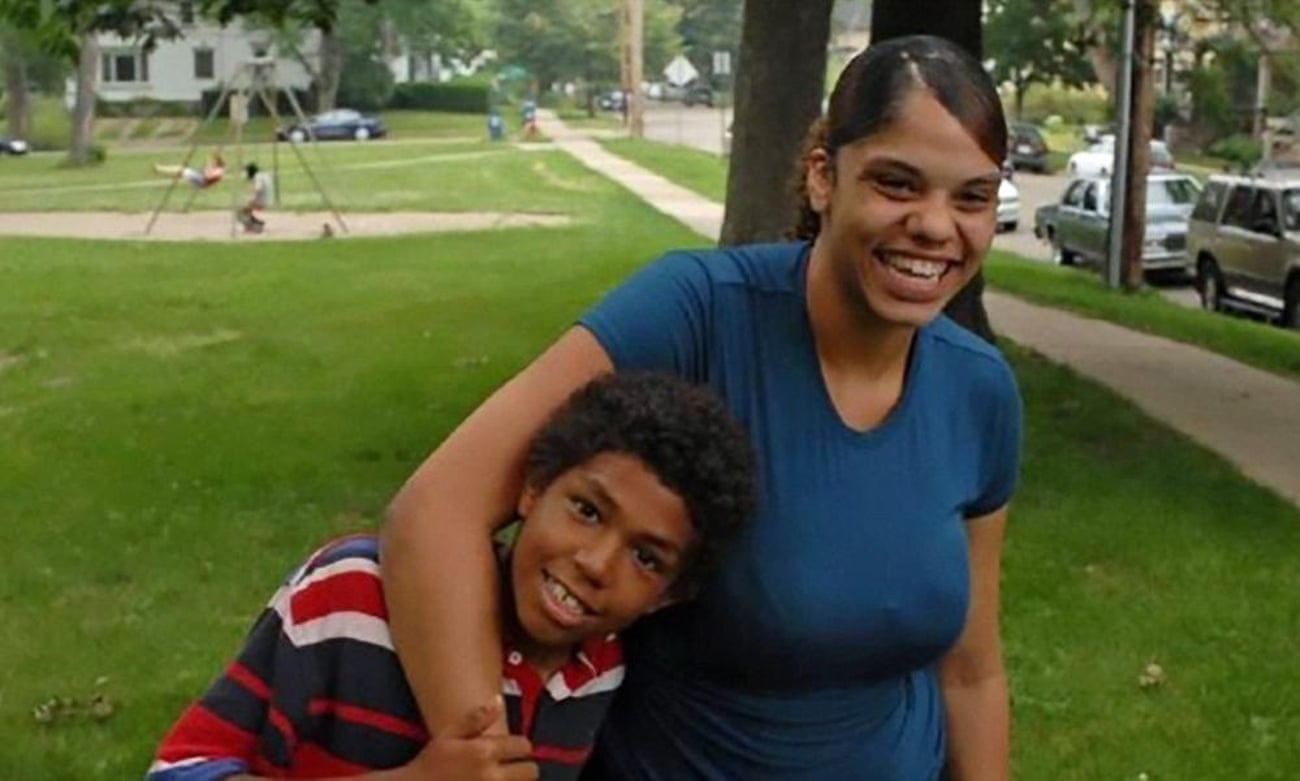This Passover Choose JudaismPosted in Articles, Family/Parenting, Judaism, Media Archive, Religion, United States on 2015-03-16 01:53Z by Steven |
My Jewish Learning
Be’chol Lashon
2015-03-10
My wife and I are an interracial couple. I am a White, Ashkenazi Jewish man from New York. She is a Black woman from Detroit, raised in the Lutheran faith, who converted (to Jewish, not to White. She’s still Black). Our 3 year old Biracial son is Jewish.
When I talk about my wife’s conversion, rather than saying she converted I like to say that she’s Jewish by choice. I do this because conversion sounds like the process by which a sofa becomes an uncomfortable bed. Or it sounds like something that happens by magic. I wave my magic wand and “poof” you’re Jewish. Whereas being a Jewish person by choice requires a conscious affirmative decision.
And make no mistake, being Jewish is a choice, whether you were born into our Tribe or whether you joined us midway through the show…
Read the entire article here.

